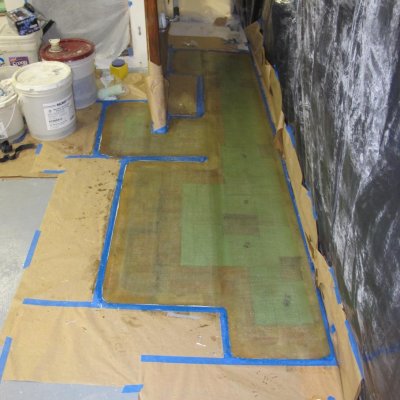CPseudonym
Moderator Emeritus
Can you elaborate on how you would do your teak deck inspection? Do you need to be pretty experienced with teak decks to have a high enough skill level to do this inspection?
I'm far from an old hand at this and would not feel comfortable guiding anyone. Suffice it to say the specific boats we looked at had a wow factor to the decks until you scrutinized what was under them. Water stains below gave the first indication to look closer above. Then the dreaded soft spots on deck where found.
Without painting the subject with too broad a brush all boats can sell for a price point. Decks like Mike's boathouse kept in post #2 are my dream as I use a boathouse too. Gigatoni is another member whom knows exactly how to take care of teak. However not all boats are treated with that much love and care. Pity considering the cost to refurb them is steep.
I will have a teak deck someday but it is going to be an item well scrutinized by an experienced pro before hand.





 Congratulations for saving the boat.
Congratulations for saving the boat.